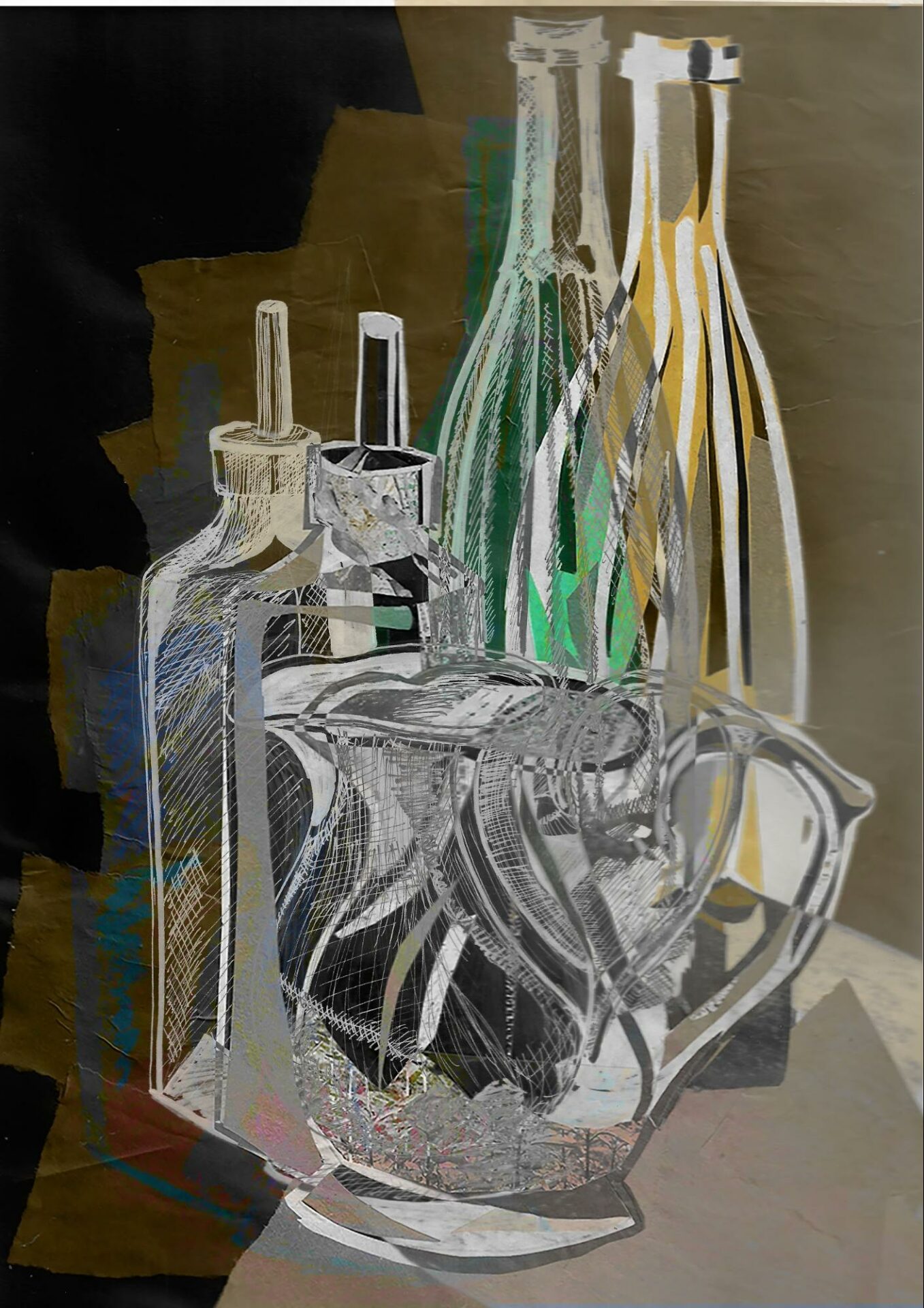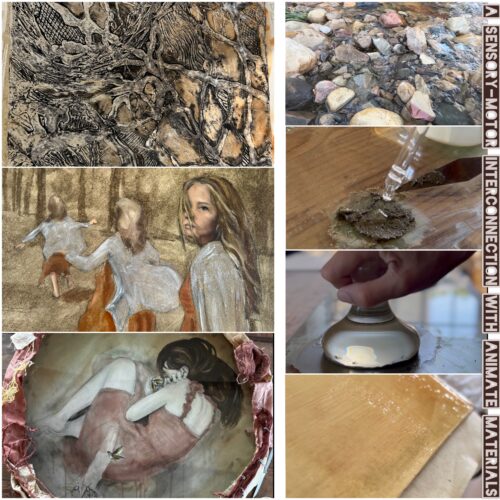
Introducing our Interior Design External Examiner, Marianna Velissaropoulou

With assessment events held regularly three times a year, many of you will be familiar with what happens once you have completed the final assignment of your unit. But you might not know what happens in between the point that OCA staff have assessed your work, and the day that the confirmed result comes to you. I know that it can seem like ages before you hear how you have done, and this is because there are several parts of the process to complete once you have ‘finished’ and submitted your work for assessment.
The final part of this process concerns the External Examiner. This person’s role is really important in making sure that all of the work you submit is assessed fairly, and in line with the standards set at other institutions in the UK. They make sure that the standard of both the students work – but also the assessment processes – are comparable with other Interior Design courses.
Our current external examiner agreed to answer a few questions to throw some light on her role, what she most enjoys about being an external examiner with us at OCA, and whether she has any hints and tips for you as Interior Design students going forward for assessment.
If you are submitting for assessment any time soon it would be really useful for you to read her answers and gain some insight into the whole process – the more you know about assessment the easier it should become!
What have you enjoyed most about being our Interior Design External Examiner at the OCA?
As the External Examiner of the course I have particularly enjoyed reviewing the course assessment and tracking the students’ progress through the units and levels of study. There is a real sense of achievement for both students and staff when students overcome challenges, which has been gratifying to experience as the External Examiner. In addition, I had the opportunity to follow the development of the course and to see how it continues to grow, making my involvement even more interesting.
How does our Interior Design course content sit within the wider sphere of Interior Design education at degree level?
The programme sits in parallel with other degree courses in Interior Design, as it gradually introduces key principles, skills and topics to support student learning. This scaffolded approach has proven an effective teaching and learning method, closely aligning the course aims with the tasks of each unit. Similar to my experience in other institutions, the projects grow in scale and complexity as the course progresses, supporting the students to build a strong portfolio and prepare for real life projects.

You have mentioned that you particularly enjoy the video presentations that students make as part of their assessment submission. Why is this, and what do you feel that this format adds that a written reflection does not?
The video presentations that students create as part of their assessment submission are often a highlight of the work that I review. Being able to see the work and at the same time listen to the student talk about their thought process, gives a sense of dialogue and helps me gain an in-depth insight into the individual’s learning experiences. In addition, video presentations often support students to become more critical in their analysis and evaluation, resulting in a thorough reflective practice.
What would you encourage our students to do more of, to get the most from their spatial design education?
Developing and pushing your design ideas can really support the inception of original design solutions, often ones that you haven’t initially considered. My advice would be to not settle with the first idea that comes to mind. Use sketches, models, collages and any other media (digital or hand-generated) that you find exciting and helpful to iteratively explore and test alternative design options. Start working more abstractly to stop yourself from making early decisions and to help you develop key shapes and forms that can become the start of an exciting spatial journey.

Have you ever seen anything surprising in a student submission for assessment – either at OCA or another institution?
I recall a particular submission from a student in Level 6 at another institution, where the combination of unique space utilisation, unconventional material usage and innovative sensory design solutions resulted in an outstanding proposal, responding to the needs of a socially driven project. What surprised me the most in that submission was the student’s development process and how they responded to the brief by placing the end user at the heart of their design. The manipulation of space harmoniously combined form, function, materials and senses to create an interior that supported wayfinding for visually impaired users.
Do you have any advice for our students, either on the foundations or degree courses, that is particularly pertinent to a career in interior design.
A strong portfolio showcasing a range of design, creative and software skills can be a great start to a career in Interior Design. However, as an Interior Designer you will be working, communicating and collaborating with colleagues and other professionals on a daily basis, therefore people skills such as time management, organisation and communication are equally important. Enhancing both your design skills and professional practice during the course can support you in entering the industry as a well-rounded designer.
And if you don’t mind – a little bit of background about you: what brought you to the field of interior design, and at what stage in your life did you develop an interest in interior spaces?
From a young age I enjoyed experimenting with space and interiors, and despite attaining a degree in Economics, soon after that my passion for design led me to London. While studying Interior Design I realised that it was not just designing spaces that I loved, but also supporting and advising my peers. Since I started working in Higher Education in 2010, I have combined my teaching responsibilities with freelance design projects, expanding my experience both as an educator and an Interior Designer.
What aspect of interior design do you find the most rewarding yourself – as a practitioner?
The process of solving design challenges, while optimising space, improving functionality and enhancing the aesthetics of an interior can be a rewarding experience. Having the opportunity to see my design creations become reality and observe how they can improve people’s well-being, whether through a more conducive work environment, a relaxing home, or spaces that foster community and connection, can be incredibly fulfilling.
Is there one final piece of advice you would give to students submitting their work for assessment?
One last piece of advice would be to listen to feedback and trust the process! Don’t be afraid to make mistakes and learn from them.
Marianna, thank you very much for taking the time to respond to our questions. Your answers are really helpful and hopefully students will take on board some of the advice you have given when submitting for their next assessment event.
|
|







I was unable to meet with Marianna online and so it was good to read this and learn a bit more about her.
She was really looking forward to meeting you too – as she really wanted to chat with someone on Level 2!
There will a next time – we’re planning to do this annually, probably in the Spring next year 🙂
Looks like a lot of hard work. Amazing details in this interior design project.